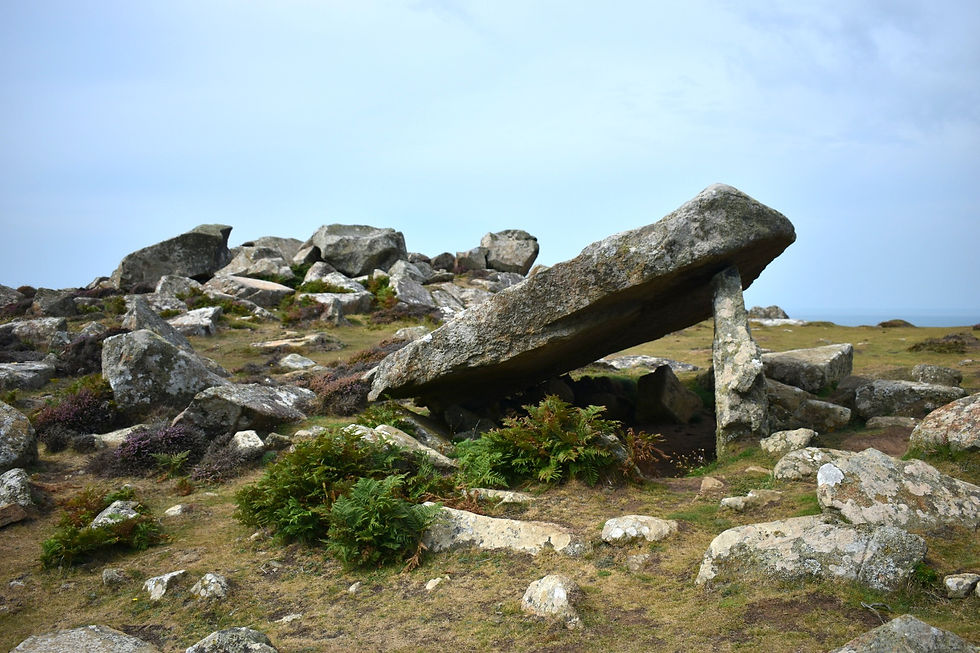The River Cam
- Isobel Akerman

- Dec 10, 2020
- 3 min read
| Ancient * Cambridge |

On a frosty winter’s morning you can get this part of the River Cam all to yourself. The dog-walkers, the odd paddle boarder, a few brave (senseless) swimmers - that’s about all you’ll see. With a bit of space, (and no stressed-out punters or aggressive swans), there’s so much to learn about the spectacular ecosystem of the River Cam, its history with the town, and the pressures its now under.
Although there are archaeological remains along both sides of the river of settlements dating back to Roman times, Cambridge comes into history mostly in the Middle Ages as a military defence and an inland port, long before the University set up camp in the 13th century. This was entirely due to the river. This stretch of water was all originally called the Granta, which came from Cambridge’s original Old English name Grantebrycge, and it was crucial to the settlement of the area. It was a military defence, a source of food, and a trade route that stretched all the way to the North Sea.
When the University arrived, it proved more than a little problematic for the traditions of the town. Indeed, the rivalry between ‘town and gown’ is often blamed on a growing resentment around access to this river. As the academics swept over the land (who came because they’d just had an argument with the townsfolk back at Oxford) they began to purchase all the best spots in the city for the new University colleges – these were the spaces right by the water. In doing so, they cut off access to the port and made life difficult for merchants trying to navigate their products through the trade routes. This posed significant problems until the railways provided a new way of transport, but the resentments remained.
Originally, this area formed part of a fenland – a large region of marsh and swamps. But in the 17th century a few members of the upper classes decided to drain the fens, setting up man-made drainage systems in order to create a fully controlled agricultural system.
Now the river is a peaceful landscape of recreation: there are around 2,000 rowers in total who are registered at boathouses along the Cam. Every day you will see the familiar sight of a river filled with punters trying to avoid swans, and the swans trying to attack punters. But underneath the merriment there are a few problems flowing closer and closer to the surface.
The River Cam is a rare type of river called a Chalk Stream (there are only 225 of these in the entire world, 85% of these are in England). The water filters through the chalky land in what is called a chalk aquifer, making the water “exceptionally pure”. But this reservoir is running out of water. Humans need water for domestic and agricultural use, but there are a lot more of us now than there were before, there are even more coming. We are just using too much. Currently, the Environmental Agency pumps extra water into these Cambridgeshire aquifers, but this can’t be kept up indefinitely. It is also added to with treated water from sewage plants, making the pure chalk streams poor. We need more sustainable water deposits, and a lot better planning.
There are many organisations calling for things like compulsory water metering, temporary bans, and regional water planning – so keep your eye out. The way we interact with the rivers has changed, but more importantly its expanded and created a dependency which is unsustainable.

River Cam, CB3 9JN




Comments